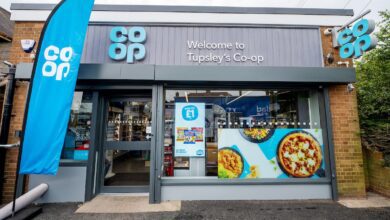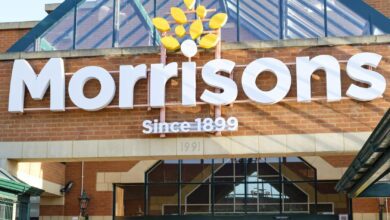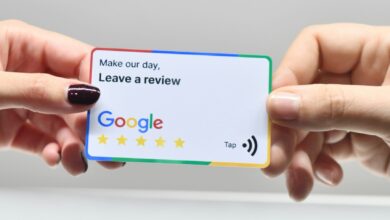How customer-centricity is the key to the online grocery market

The British online grocery retail market is set to grow by almost nine per cent over the next five years according to IGD—meaning the UK has one of most voracious appetites for grocery delivery. But that means supermarkets are now facing competition from multiple sources, including traditional retailers offering home delivery, digital disrupters like Amazon, and new players with distinct, farm-fresh offerings, like Riverford and Farm Drop.







